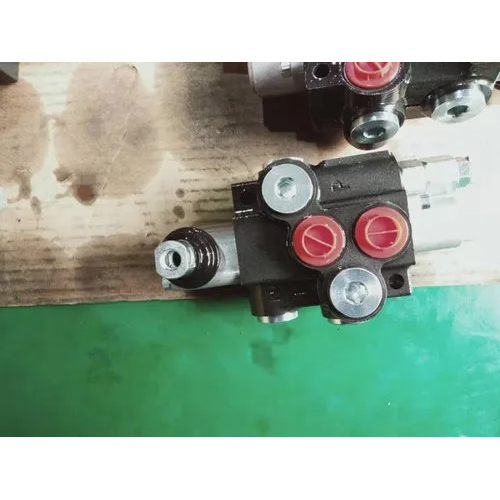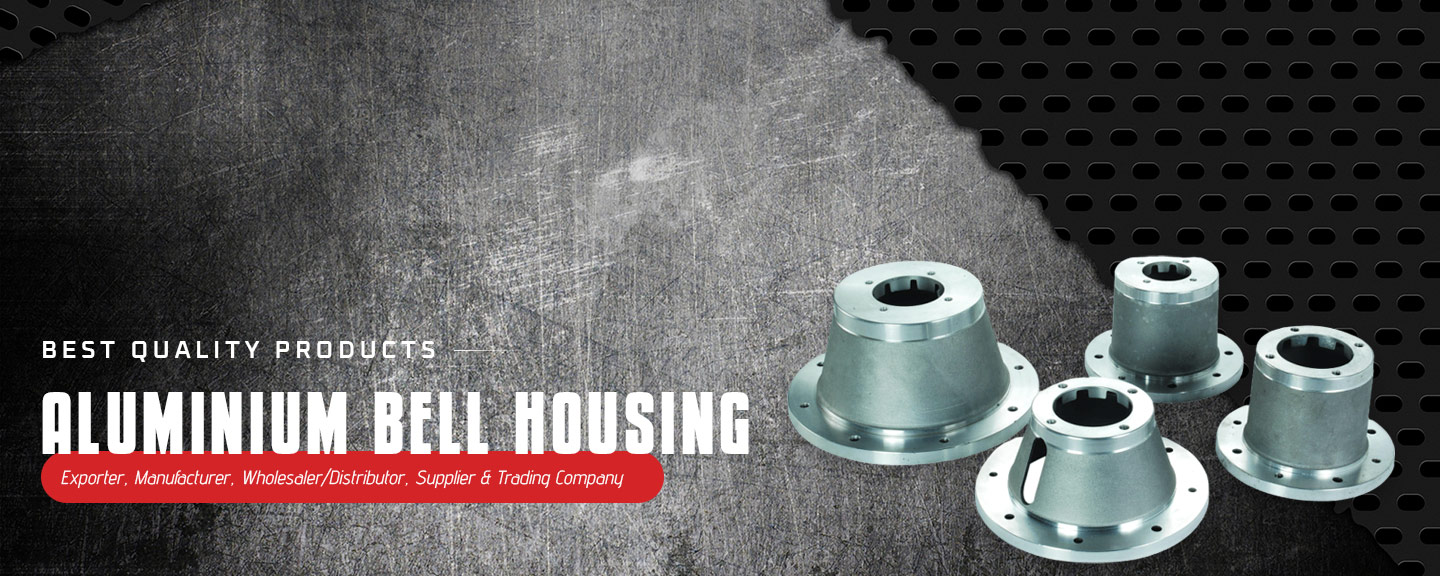

Hydraulic Spool Valve
1500 INR/Piece
Product Details:
- Product Name Hydraulic Spool Valve
- Usage Mobile hydraulic & Industrial hydraulic
- Material Cast iron
- Power Manual
- Product Type Hydraulic Spool Valve
- Structure Spool Valve
- Color Black
- Click to view more
X
Hydraulic Spool Valve Price and Quantity
- 5 Piece
- 1500 INR/Piece
Hydraulic Spool Valve Specification
- Spool Valve
- Hydraulic Spool Valve
- Mobile hydraulic & Industrial hydraulic
- Hydraulic Spool Valve
- Black
- Cast iron
- Manual
Hydraulic Spool Valve Trade Information
- 7 Days
Product Description
A hydraulic spool valve, also known simply as a spool valve, is a crucial component in hydraulic systems. It is used to control the flow of hydraulic fluid within the system, directing the fluid to different actuators or components in order to perform various functions. The spool valve is named after the spool-shaped mechanism inside the valve that controls the flow paths.Heres a basic overview of how a hydraulic spool valve works: 1. Spool Mechanism: The spool is a cylindrical or tubular component that can move back and forth within the valve housing. It has lands (raised portions) and grooves (recessed portions) machined into its surface.2. Valve Housing: The spool is housed in a valve body or housing. The housing contains ports for hydraulic fluid to enter and exit.3. Ports: Hydraulic fluid enters and exits the valve through ports. Ports are openings in the valve housing that connect to the hydraulic lines of the system.4. Actuation: The spool is typically actuated by mechanical, electrical, or hydraulic means. When the spool moves, it aligns with different ports, controlling the flow of hydraulic fluid.5. Flow Paths: As the spool moves, it opens and closes specific flow paths between the ports. This determines the direction and speed of hydraulic fluid flow, as well as the actuation of hydraulic cylinders or other hydraulic components.6. Positioning: The position of the spool is critical. In a neutral position, the spool blocks flow between ports, preventing movement in hydraulic actuators. When the spool moves, it allows fluid to flow, enabling the hydraulic system to perform work.There are various types of hydraulic spool valves, including: 1. Directional Control Valves: These valves control the direction of fluid flow in a hydraulic system. They are often used to control the movement of hydraulic cylinders.2. Flow Control Valves: These valves regulate the rate of fluid flow in a hydraulic system, controlling the speed of hydraulic actuators.3. Pressure Control Valves: These valves maintain a preset pressure level in a hydraulic system, ensuring that it operates within safe limits.FAQs of Hydraulic Spool Valve:
Q: What type of power does the Hydraulic Spool Valve utilize?
A: The Hydraulic Spool Valve operates manually.Q: What material is used to manufacture the Hydraulic Spool Valve?
A: The Hydraulic Spool Valve is made of cast iron.Q: What is the primary structure of the Hydraulic Spool Valve?
A: The Hydraulic Spool Valve has a spool valve structure.Q: What is the color of the Hydraulic Spool Valve?
A: The Hydraulic Spool Valve is black in color.Q: Where can the Hydraulic Spool Valve be effectively used?
A: The Hydraulic Spool Valve is suitable for both mobile hydraulic applications and industrial hydraulic systems.Tell us about your requirement

Price:
Quantity
Select Unit
- 50
- 100
- 200
- 250
- 500
- 1000+
Additional detail
Mobile number
Email



 Call Me Free
Call Me Free
